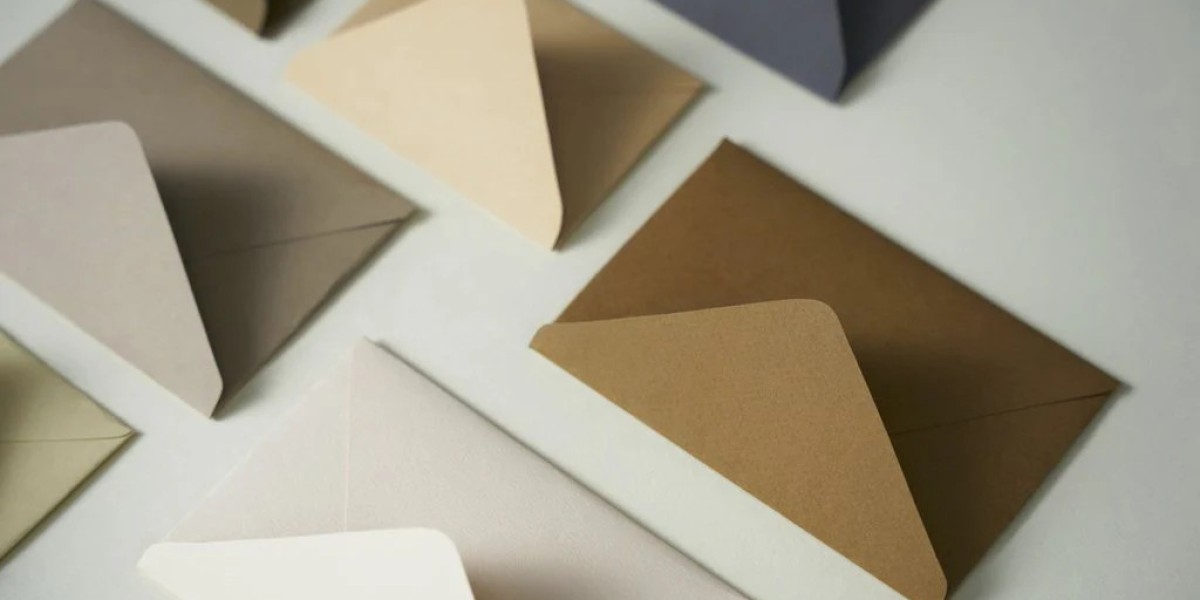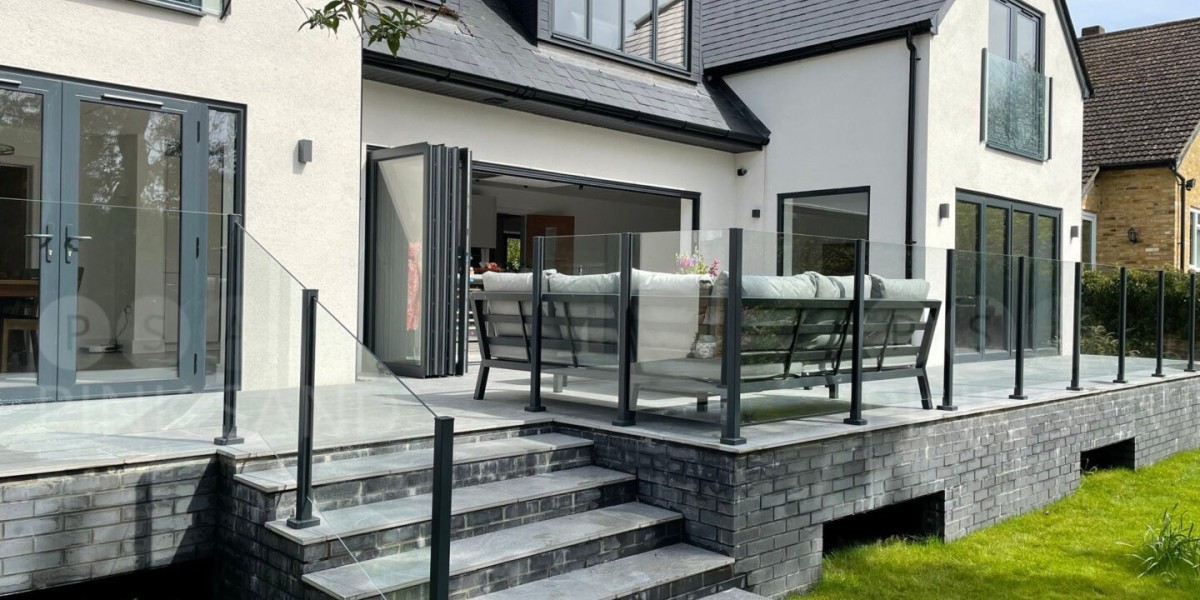Choosing the right envelope might seem straightforward, but once you encounter all the industry terminology, sealing options, paper types, and special finishes — it can quickly become a bit overwhelming. In this guide, we’ll break down the key envelope terms, demystify the specifications, and help you choose the perfect envelope to suit your needs.
Envelope Seal Types
| Seal Type | Description | Use / Advantages |
| Peel & Seal | A pressure-sensitive adhesive covered by a strip you peel off | Very quick and clean — ideal for bulk mailings |
| Gummed (Water-Activated) | Classic glue strip which you moisten to seal | Traditional, secure; preferred for formal letters |
| Self-Seal (Latex Touch) | Flap bonds to body with built-in adhesive — no moisture needed | Fast and convenient for high-volume jobs |
| Tuck Flap | No adhesive; you tuck the flap into a slit or pocket | Reusable and simple — good for internal or light use |
| String & Washer | A reusable string wraps around washers to close | Adds a vintage or reusable quality |
| Butterfly / Push-Through Tabs | Tabs push through slots to lock the flap | Secure closure without glue — decorative too |
| Pochette (Four-Way Closure) | Flaps fold inwards in a swirl, sealing from multiple sides | Elegant, decorative — often for invites or stationery |
Key Envelope Terms You Should Know
Knowing the lingo helps you communicate exactly what you need. Here are common terms:
- Banker flap: A V-shaped (diamond) flap—a classic style
- Wallet flap: Opens along the longer side
- Pocket (or side opening): Opens on the shorter side
- Window: A transparent panel to display the address
- Rip strip / Tear strip: A perforated tear-open strip for easy opening
- GSM (grams per square metre): The weight / thickness of paper
- Flap style, closure, dimensions: These all affect compatibility with your contents or mailing machine
Paper Types & Materials
The paper you choose changes the feel, strength, and suitability of the envelope. Here are typical materials:
- Manilla: A light brown semi-bleached paper, easy to print on
- Kraft: Strong, fibrous, durable — good for heavier contents
- Wove: Smooth and uniform — a standard everyday choice
- Laid / Linen / Laid finish: Subtle textured lines for a classic look
- Hammer / Dimple / Embossed: Tactile, decorative surfaces
- Glassine / Translucent: Smooth, semi-transparent — useful for premium or decorative use
- Opaque / Security-lined: Prevents the contents from showing through
Eco-Friendly & Specialty Options
If sustainability or special protection is important, consider:
- Board-backed / rigid backing: Protects documents from bending
- All-board / rigid mailers: Strong on all sides
- Honeycomb mailers: Paper-based cushioning (plastic-free)
- Flutelope / corrugated padding: Inner buffer made from corrugated paper
- Recycled / Post-consumer paper: Lower environmental footprint
Seeded paper / biodegradable options: Innovative for eco-conscious users
Other Packaging & Accessories
Often you’ll also need complementary products:
- Document Enclosed Pouches: Clear sleeves for invoices, customs forms
- Padded / Bubble Bags & Mailers: Added protection
- Gusset / Box-bottom Envelopes: Expandable capacity
- Book Wraps / Book Mailers: Ideal for books or narrow parcels
- Organza / Gift Bags, Pillow Boxes: For event, retail, or gift use
- OPP / Cellophane Bags: Clear sleeves for presentation
Want your Custom Printed Envelopes to reflect your brand? Consider:
- Full-colour digital printing
- Spot colour, Pantone matching
- Embossing, foil stamping, window shapes
- Custom sizes and flap styles
By combining paper choice, seal type, finish, and print, you can get an envelope that’s not just functional, but a brand statement.
How to Choose the Right Envelope
Here’s a quick decision checklist:
- Purpose & Contents: Is it for a letter, promotional mailing, catalogue, or document?
- Size & Dimensions: Must accommodate the size plus a margin for folding or protection.
- Seal & Speed: Bulk mailings → peel & seal or self-seal; formal mail → gummed.
- Paper Weight / Strength: Heavier contents need sturdier stock (higher GSM or kraft).
- Window / No-window: For address visibility vs. privacy.
- Presentation / Branding: If appearance matters, go for custom printing & finishes.
- Sustainability: Choose recycled, compostable, or paper-padding options.
Conclusion
At The Envelope People, we understand the impact the right envelope has on your mailing or presentation. Familiarity with terminology, from flap types to paper finishes, ensures you can confidently select the perfect product.
Should you require assistance or a bespoke envelope solution, please contact us. Our team is dedicated to helping you find the exact match for your specific requirements.









